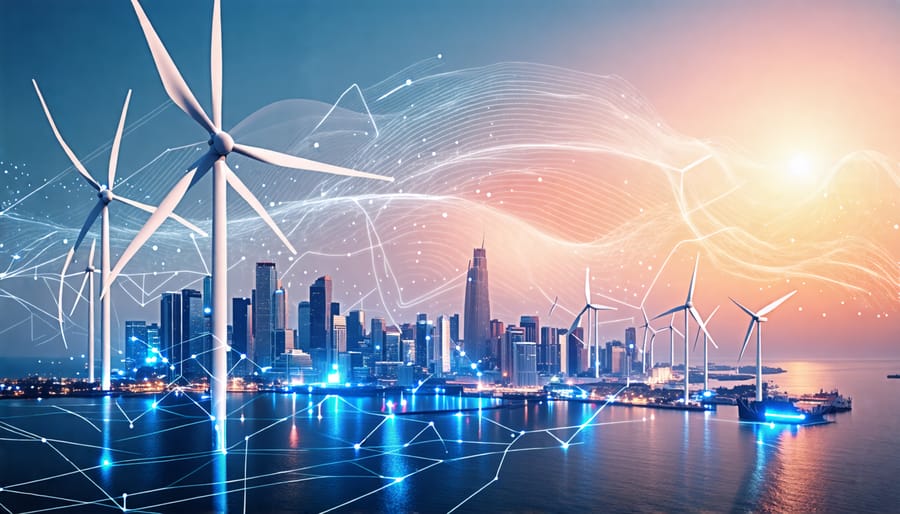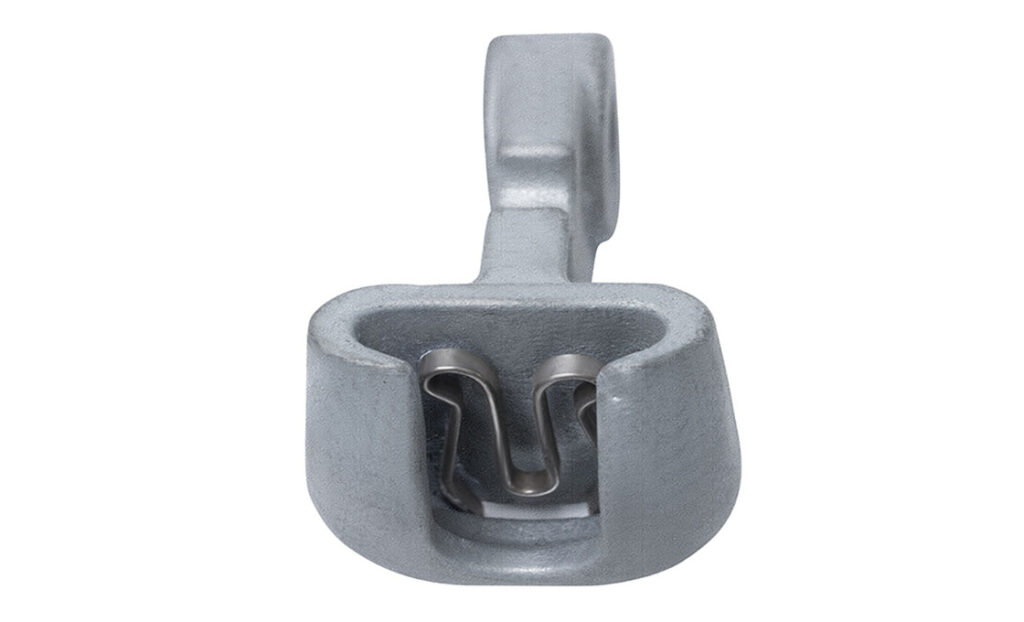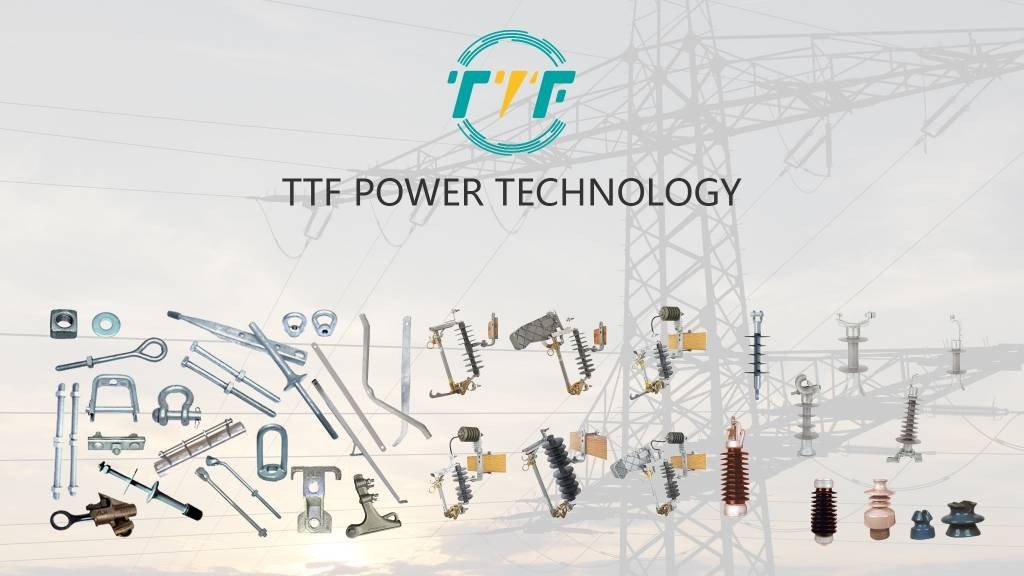
AI-driven wind turbines are an exciting development in South America’s renewable energy sector. Adopting this AI technology could help optimize wind power generation and ensure cleaner energy solutions. Countries in South America are deploying AI-driven turbines to harness their potential for energy efficiency. For instance, Brazil has been investing in AI to optimize its growing wind energy sector. Argentina and Chile are also leveraging AI to enhance the efficiency of their wind turbines in remote areas. Key features of AI in wind turbines include predictive maintenance, performance optimization, wind forecasting, and fault detection. AI provides algorithms that analyze data from sensors on turbines to predict equipment failures before they happen. A socket clevis is a mechanical component used in wind turbines to connect and secure structural elements like towers to the foundation.
A high-quality socket clevis plays a crucial role in the structural integrity and functionality of wind turbines. AI-driven wind turbines depend on real-time data from sensors to optimize performance. A strong socket clevis reduces the likelihood of unexpected failures, which allows AI to focus on optimizing performance. Socket clevises ensure wind turbines can operate efficiently and contribute to the renewable energy goals. Additionally, it is supporting the seamless operation of AI systems that optimize performance and enable predictive maintenance.
The roles of a socket clevis in AI-driven wind turbines
A socket clevis is a vital component in the mechanical and electrical infrastructure of wind energy systems. It helps in supporting, securing, and optimizing the performance of wind turbines and their connection to the power grid. The socket clevis designs continue to evolve with stronger materials, smart sensors, and automated inspections. Socket clevises help ensure structural integrity, electrical stability, and long-term reliability. The following are the roles of a socket clevis in AI-driven wind energy in South America.

- Enhancing structural stability—AI-driven turbines use dynamic blade adjustments to optimize energy capture. The socket clevis helps secure rotating components and other structural elements. This helps prevent mechanical stress.
- Secureconnections— socket clevises ensure the electrical connections are secure and stable to reduce the risk of disconnections.
- Supporting electrical transmission efficiency—socket clevises secure conductors and insulators in transmission lines and ensure stable electricity flow.
- Reducing maintenance and downtime—AI-driven wind farms use predictive maintenance to reduce failures. Socket clevises reduce wear and tear in transmission hardware to lower the need for frequent replacements.
- Flexibility—socket clevises allow the flexibility in the arrangement of electrical conductors. This makes them easier to manage. Organized wiring within the wind turbine can improve system efficiency and maintenance in South America’s energy sector.
- Improving safety and durability—socket clevis fittings prevent line failures and power disruptions. Real-time stress analysis can detect weak points in socket clevis components and prevent power losses.
Challenges in integrating AI into wind energy in South America
AI-driven energy is transforming South America’s energy sector by improving efficiency, predictive maintenance, and grid stability. AI integration into wind turbines and wind farms provides several benefits to the energy sector. However, it may face technical, financial, and infrastructural challenges. To achieve the full potential of AI, the countries must invest in modernizing grid infrastructure, increase government incentives, develop AI-focused educational programs, strengthen cybersecurity policies, and ensure community engagement. TTF is a world-class global provider of high quality overhead line hardware, transmission hardware, distribution hardware, conductors, insulators, cutout switches, anchoring and grounding products. The following are the common challenges limiting AI integration in wind energy in South America.

- Infrastructure & grid integration—AI-driven energy optimization needs smart grids, which are underdeveloped in many South American countries. High voltage fluctuations and unstable grid connections reduce AI effectiveness.
- High costs and financial barriers—AI needs advanced sensors, IoT devices, and machine learning models, which have high costs. AI-driven wind technology depends on public-private partnerships, but some governments lack incentives for AI adoption.
- Technical and operational challenges—AI in wind energy needs data scientists, engineers, and AI specialists. It also depends on real-time weather, turbine performance, and grid data, but not all wind farms have advanced data infrastructure.
- Cybersecurity—AI-driven wind farms depend on cloud computing and remote monitoring. These systems are often vulnerable to hacking. Cyber threats could disrupt energy distribution that affects grid stability and energy security.
- Environmental challenges—AI-driven wind projects need large-scale land development. This often leads to conflicts with local communities. The diverse ecosystems in South America may need specialized AI models to reduce environmental impacts.
